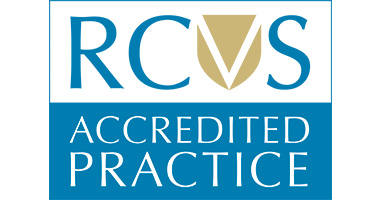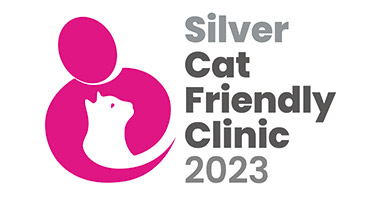Missing Pets
What to do if your pet goes missing
How to ensure a safe return
- ID tags on collars, include your contact number and choose one that is durable and won’t rust.
- Microchip your pet, this is a legal requirement for dogs and the fastest way they will be reunited with you if they are found by, or handed into an organisation like the dog warden or Vet.
- GPS location devices. There are many on the market and can be easily attached to a collar or harness and allows your smartphone to locate the device.
What to do, step by step
- Start searching immediately, most lost animals will stick to areas they know.
- Use positive recall words and food to help them find you.
- Alert local rescue centres and veterinary surgeries where they may be handed in, it is useful to provide as much information as you can, especially an accurate description.
- If you have lost a dog Alert the council Dog Warden or for Cats, The Cats Protection
- Alert the microchip company. This is usually done online with Identibase or Petlog.
- Ask family and friends to help search and as time goes on, widen the area. Sometimes many people calling your pet will scare them, so it is usually best for helpers to walk and look rather than call or whistle.
- If your pet was scared and is likely to hide, knock on doors and ask residents to look in sheds, garages and playhouses.
- Create a post including a photo on social media and ask people to share it with friends and local hubs. It could also be useful to contact animal related businesses to ask if they can share it to their customers e.g. groomers, pet supply shops and dog walkers.
- Put up posters, bus stops, shop windows, parks, anywhere with heavy footfall and walking trails.
- Ask local schools if you or the caretaker can search the grounds, dogs and cats can easily slip through the bars of gates and fences.
- If the area is surrounded by fields, ask local farmers if they can check barns and stables.
- If there are allotments nearby, contact the owners and ask for sheds to be searched. Social media is a great tool to find these owners. Kind people on community hubs may reach out.
- Set up a scent station, clothing that has been worn or bedding is useful, for cats this is usually outside your home, for dogs, laying them where they initially went missing (alert neighbours if this is outside their home so they understand and do not move it) as some dogs will head back to that spot and this helps them to be guided by your smell.
- The same can be done with food stations.
- Other organisations can help, they are listed below.
- Don’t give up hope. Animals are very adaptable and some have been reunited sometime later. Many are found within 5 days but it is not unheard of to find them weeks or months later.
Helpful Contacts
www.animalsearch.uk - They have a network of volunteers and will help you with a media campaign.
Drone SAR for Lost Dogs (search and rescue) can be contacted via Facebook, they have a network of volunteer drone pilots who use a thermal imaging drone to help locate your pet. This works best with farmland, mountain and coastal areas.
Dog Lost - Another useful Facebook page reaching people and volunteers nationwide.
Catchat.org - Recommended by Cats Protection for help and advice
Bridgend Council 01656 643 643
RCT Council 01443 425 005



